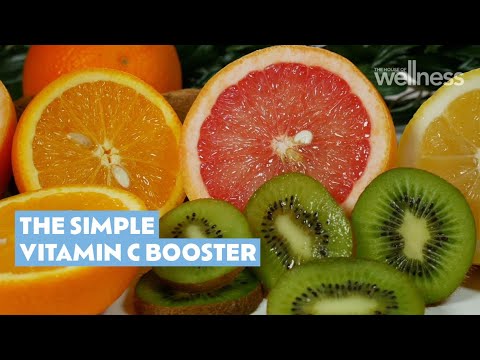The biosynthetic pathway for producing riboflavin (vitamin B2), which is needed to make flavin mononucleotide (FMN) and flavin adenine dinucleotide (FAD) used in redox reactions. Guanosine triphosphate has its 5-member ring opened by cyclohydrolase II, and then through a deamination and reduction bifunctional enzyme RibG (or RibD) in bacteria and plants (order reversed in fungi and archaea). After being dephosphorylated by a haloacid dehalogenase enzyme, the product of DHBP synthase is combined with the ARP intermediate by lumazine synthase and then combined by riboflavin synthase to generate riboflavin. A phosphorylation and adenylation then produces FAD.
Other places you can find content from me:
Blog – The Cynical Philosopher
Twitter – @AuthorTomHarper
Amazon – Author Profile
My science fiction series available on Amazon
Incarnate: Existence
Incarnate: Essence
Incarnate: Schism
References and Resources:
PDB Codes:
2BZ0 – GTP Cyclohydrolase II
4R14 – GTP Cyclohydrolase II
2G6V – RibD
2D5N – RibD
4G3M – RibG
4HA7 – Rib7
31QU – DHBP Synthase (bacteria)
1PVY – DHBP Synthase (Archaea)
1C2Y – Lumazine Synthase
1C41 – Lumazine Synthase
1T13 – Lumazine Synthase
5MPP – Lumazine Synthase (full wt)
5MQ3 – Lumazine Synthase (AaLS-neg)
5MQ7 – Lumazine Synthase (AaLS-13)
4GQN – Riboflavin Synthase
4E0F – Riboflavin Synthase
1N07 – Riboflavin Kinase
3G5A – FAD Synthetase (FMN adenylyltransferase)






